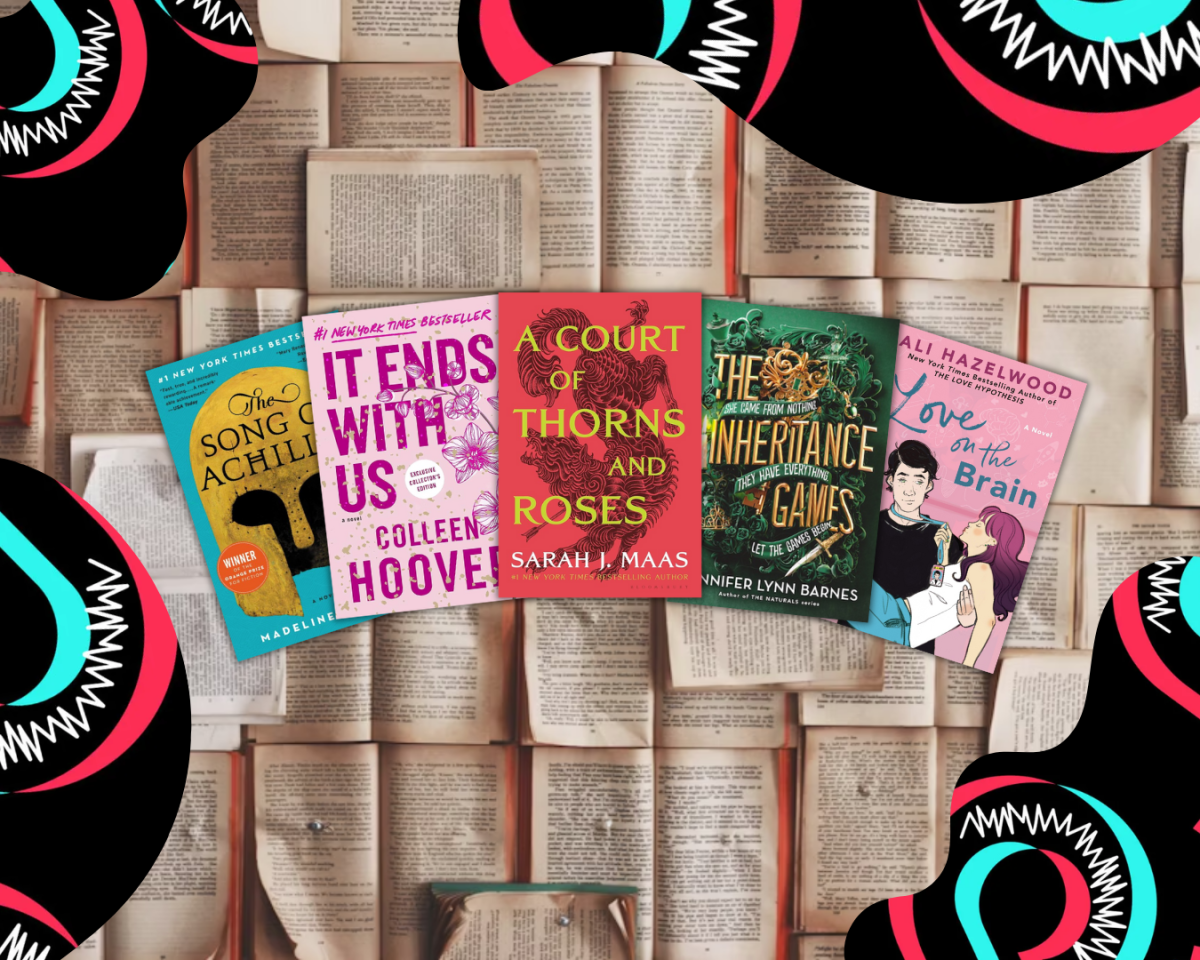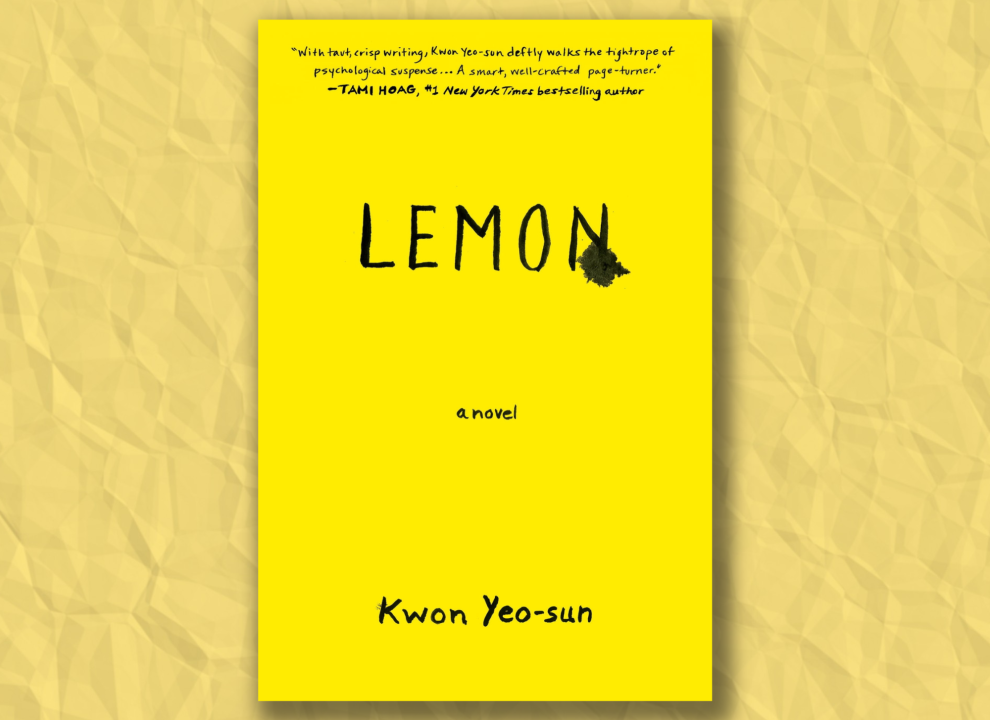Bestselling author Sally Rooney seems to have reshaped reading culture with her novels “Normal People” and “Conversations with Friends.” Within the book community, it seems that if you have read one of Rooney’s novels, you are seen as “smart,” but also “fun.”
“Normal People” was longlisted for The Man Booker Prize in 2018. The novel sold just under 64,000 hardcovers within four months of release in the U.S., which can be considered a blockbuster number for the literary fiction genre.
Rooney’s writing doesn’t aim to be filled with colorful prose, but rather engages in intellectual discussions that deal with Marxism, gender, art and the notion of relationships through a muted, impactful tone.
“Normal People” follows an intimate and complicated relationship between Marianne and Connell that is riddled with miscommunication and anxiety about themselves and their place in the world.
While the novel mainly focuses on Marianne and Connell, the characterization of Marianne alludes to the important feminist theory of the “male gaze,” coined by academic Laura Mulvey in the 1970s.
The male gaze describes how visual art has traditionally depicted the world and has been consumed from a masculine perspective, which fosters the idea that women are passive subjects.
Marianne internalizes these unattainable societal expectations about a woman’s appearance and behavior, which lead to feelings of inadequacy and insecurity. Throughout her life, people always comment on Marianne’s plain appearance and constantly remind her that her physical image is the primary maker of worth and desirability.
When Connell and Marianne break up a second time while attending Trinity College in Dublin together, Marianne finds another partner to seek approval. Meet Jamie, a wealthy, respected man with ties in government who often disregards Marianne. During their relationship, Marianne develops this intense desire to be physically abused during intercourse which reflects how her sense of unworthiness gave way to a sense of self-loathing.
“‘Maybe I want to be treated badly,” Marianne says in the novel. “I don’t know. Sometimes I think I deserve bad things because I am a bad person. Who wouldn’t want to beat me up?”
This is further perpetuated when Marianne delves into another relationship with an abusive photographer, Lukas. He is dismissive of her feelings and uses her for his own pleasure without consideration for her well-being. Yet, Marianne continues to accept Lukas’ mistreatment because of her “role as a woman,” solely to please men; her own needs are not important.
“She experiences a depression so deep it is tranquilizing, she eats whatever [Lukas] tells her to eat,” Rooney writes. “She experiences no more ownership of her own body than if it was a piece of litter.”
Marianne’s relationship with Lukas is also a byproduct of gender roles and power dynamics in relationships. Lukas, as a man, is used to getting what he wants and having dominance over others, which is reflected in his behavior toward Marianne, as she becomes a puppet for Lukas.
“I don’t know what’s wrong with me … I don’t know why I can’t make people love me,” says Marianne.
The manifestation of the male gaze in Marianne intensifies throughout the novel as she attempts to balance her own identity with pleasing others and conforming to societal norms. In art critic John Berger’s book “Ways of Seeing,” he explains how the idealized version of femininity creates an unachievable standard that often leads to feelings of inadequacy and leads to some women manifesting the “male gaze.”
Although Marianne is a fictional character and her experiences cannot be generalized to represent all women, Rooney shows the complexity of how societal expectations and internalized beliefs can shape an individual’s self-worth and self-perception.
Rooney’s latest novel, “Beautiful World, Where Are You” (“BWWAY”), was released in 2021 and embraces themes of vulnerability, sex and relationships.
“‘BWWAY’ is Rooney’s most natural integration of profound, intellectual and elevated conversations amidst the dazzling ordinariness of her flawed, imperfect protagonists, and the exquisite precision of detail in this book is truly masterful,” popular BookTuber Jack Edwards wrote in a Goodreads review.
“Normal People” and “BWWAY” can be purchased in most bookstores.


















